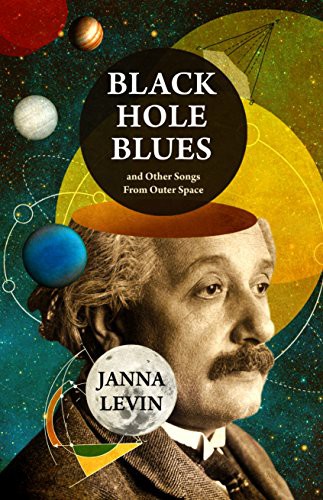- Rating
- Category
- non-fiction
- Read
- 2017-01-29
- Pages
- 256
Colorfully written history of gravitational wave detection - colliding black holes were theorized to create waves that we should be able to pick up. But the precision needed is nearly unbelievable: “They aim to measure the difference between 4 kilometers and 4 kilometers plus or minus one ten-thousandth of the nucleus of an atom.” The accompanying engineering is phenomenal. One example: “There are also seismometers to detect local motions of the Earth with attendant hydraulic systems to compensate for those displacements.” I didn’t consider that could be a thing.
The advanced detectors only came online about a year ago, but I didn’t know how it went. The whole book is filled with a tension: will this be the pinnacle of Big Science? Or $300M down the drain?
Spoiler
They fucking did it and I jumped out of my chair.
To give you a taste of the style: “Though Kip is a theorist, bearer of a profound and careful intellect, able to roam the vast ranges of the severely abstract, he wanted Caltech to get into something observational, something real. With prerogative and talent as cargo, under obligation to a comprehensible universe, he wandered unfamiliar streets on a trip to the Northeast in the hopes that a brisk constitutional could dislodge an answer to the question, “What am I supposed to be doing with all that I have?” He might not have literally looked up into the sky like a prospector assessing a valuable natural resource, but he did wonder which of the universe’s assets he should siphon down to Earth. He decided, though it might have been more of a realization, that he wanted to bring Caltech into the pursuit of gravitational-wave detection.”
